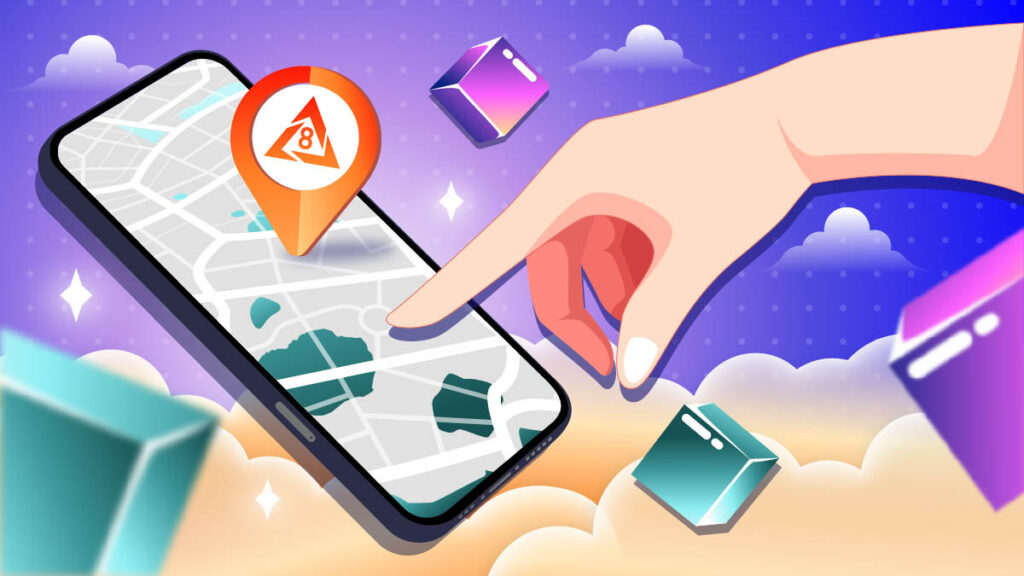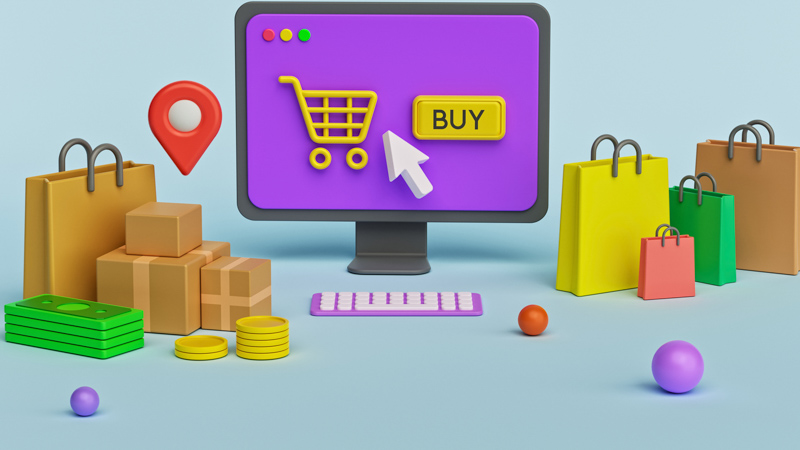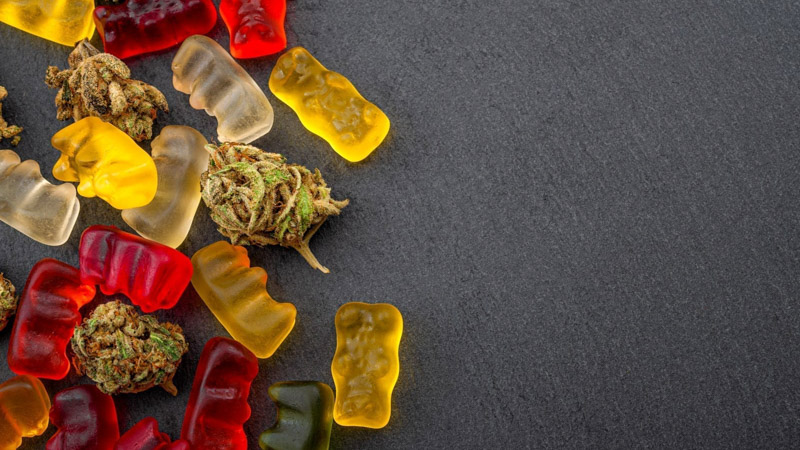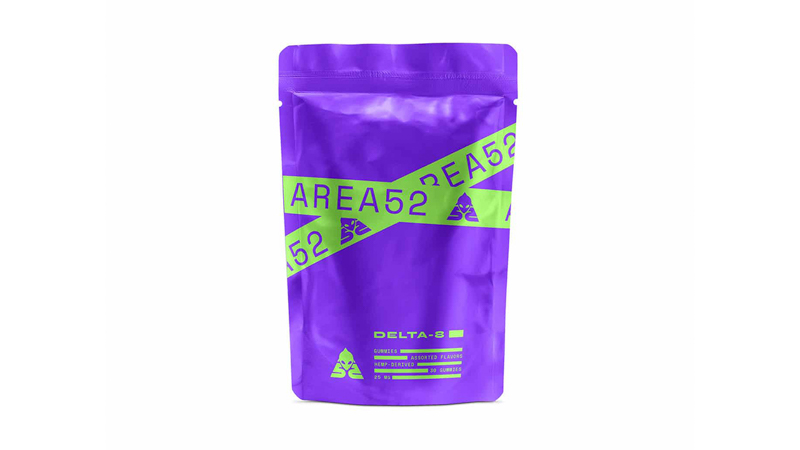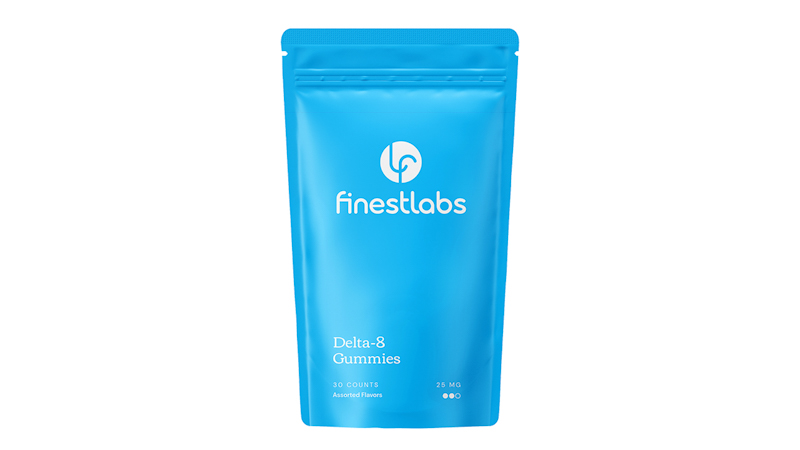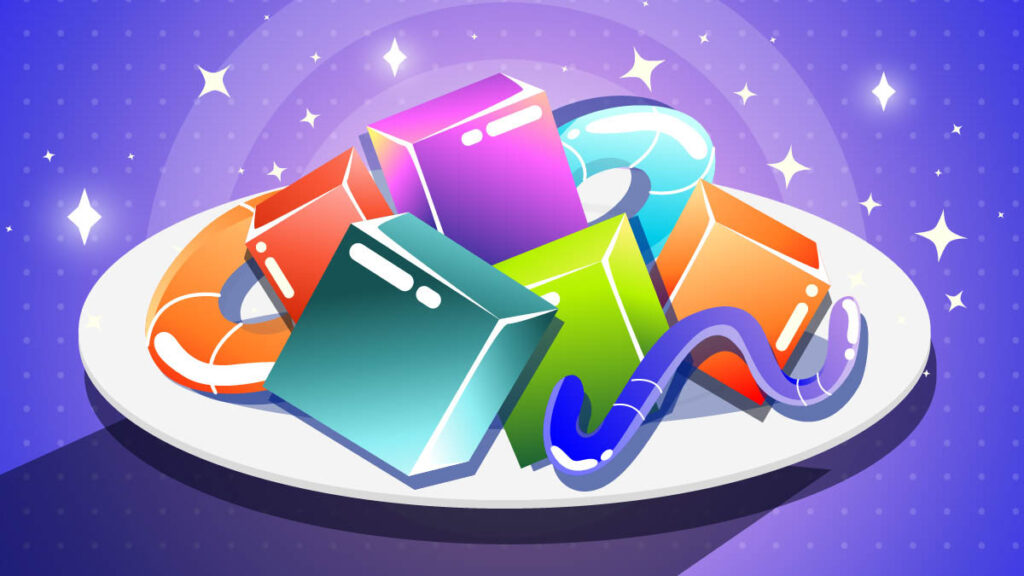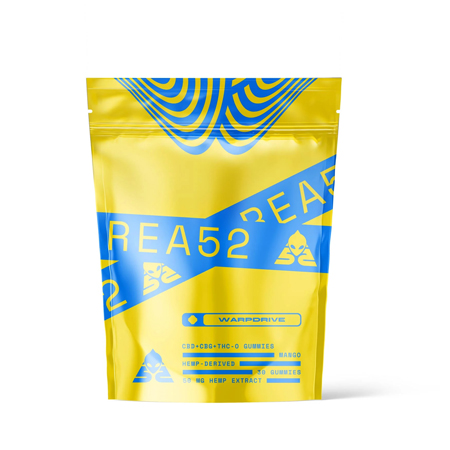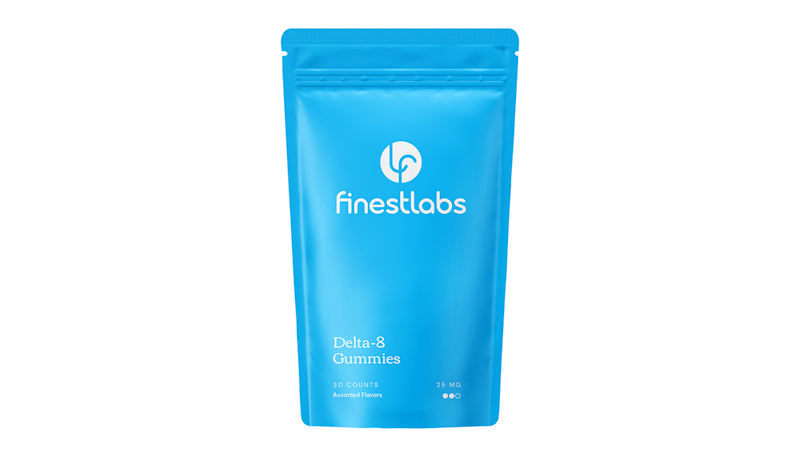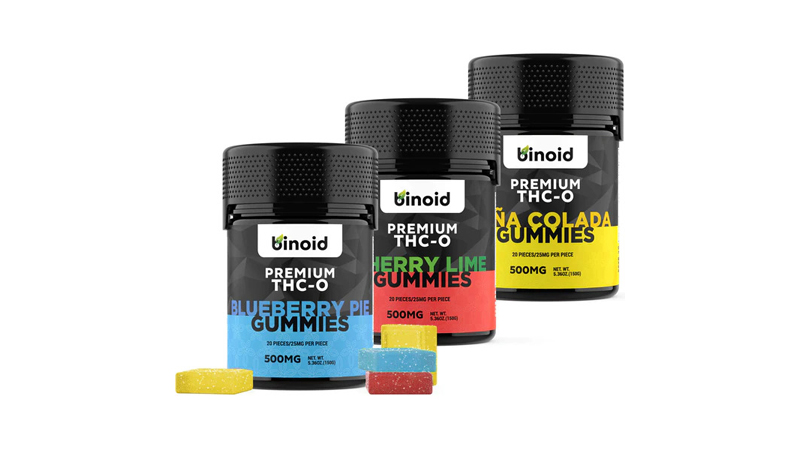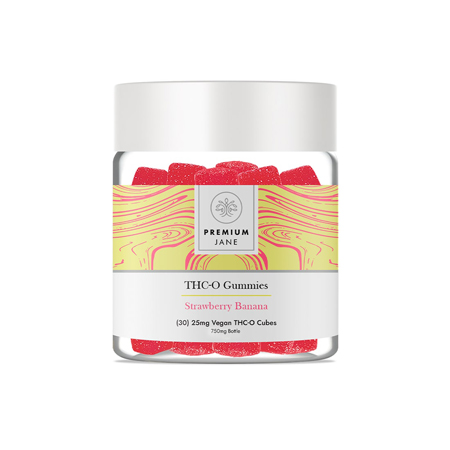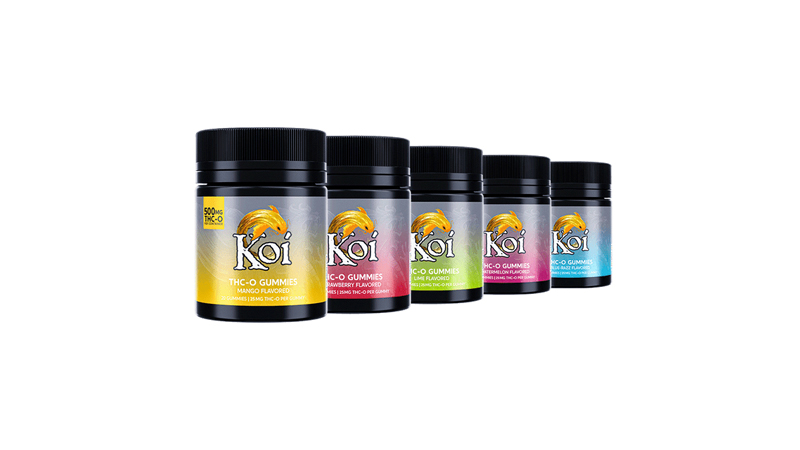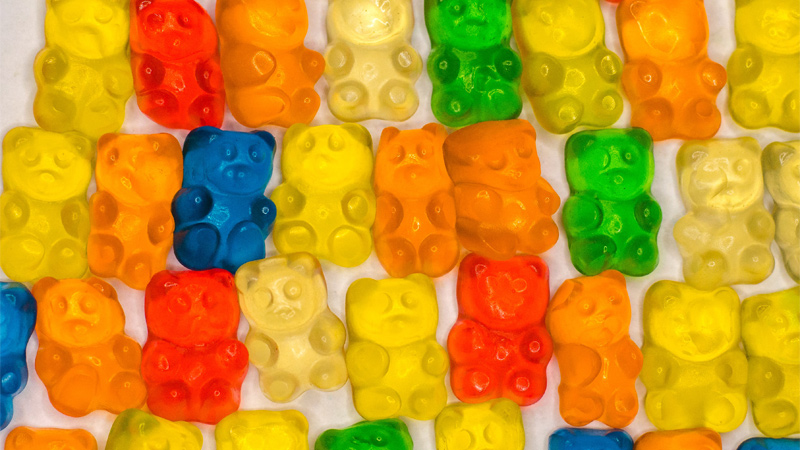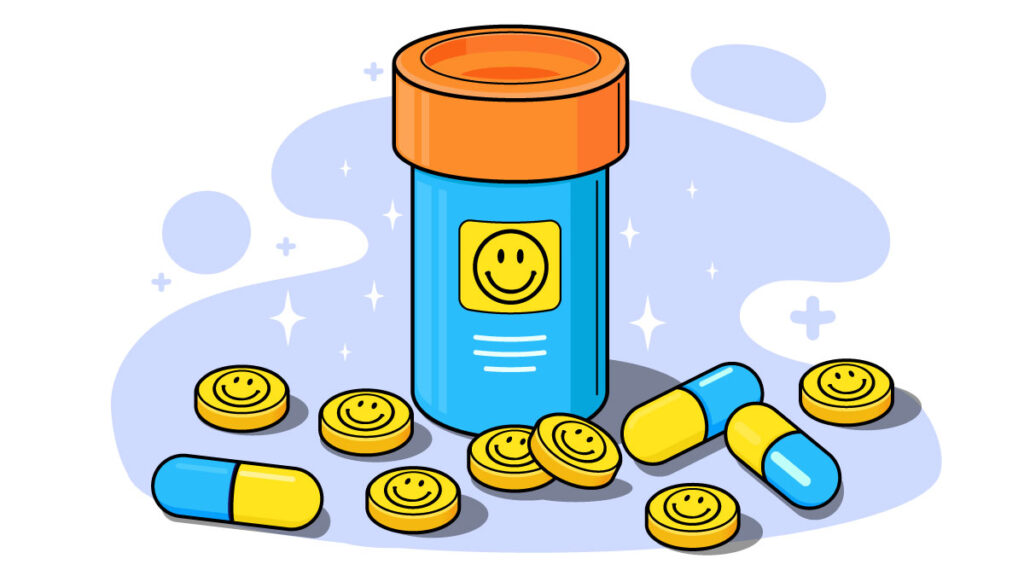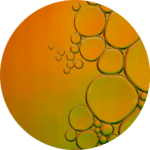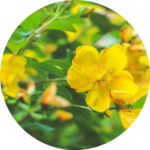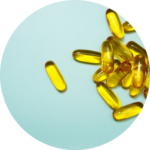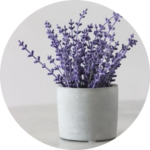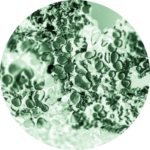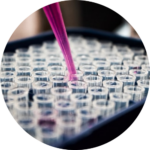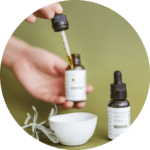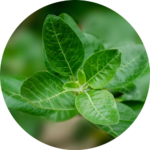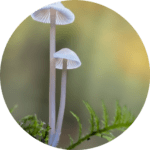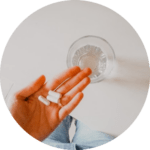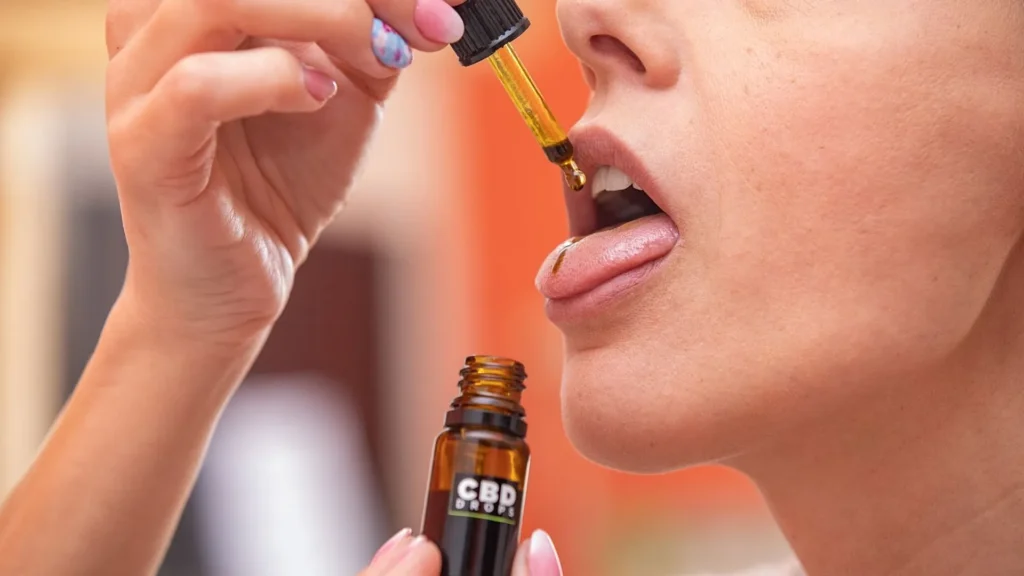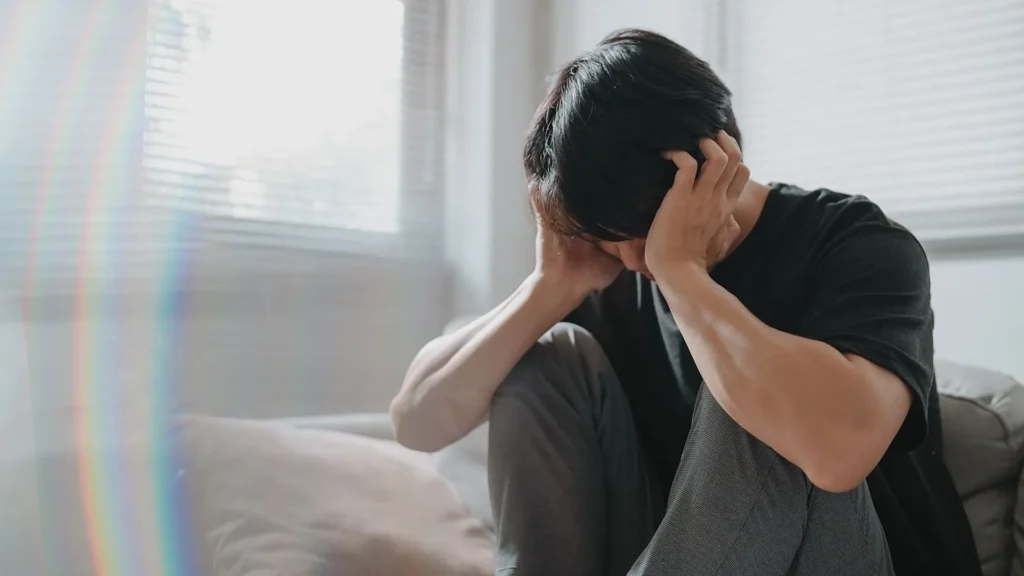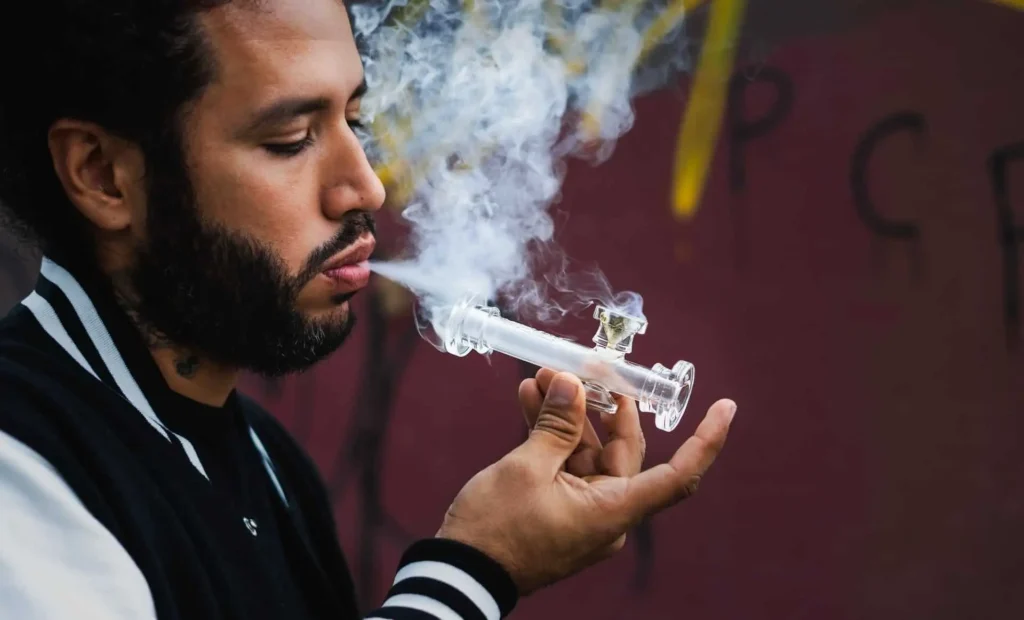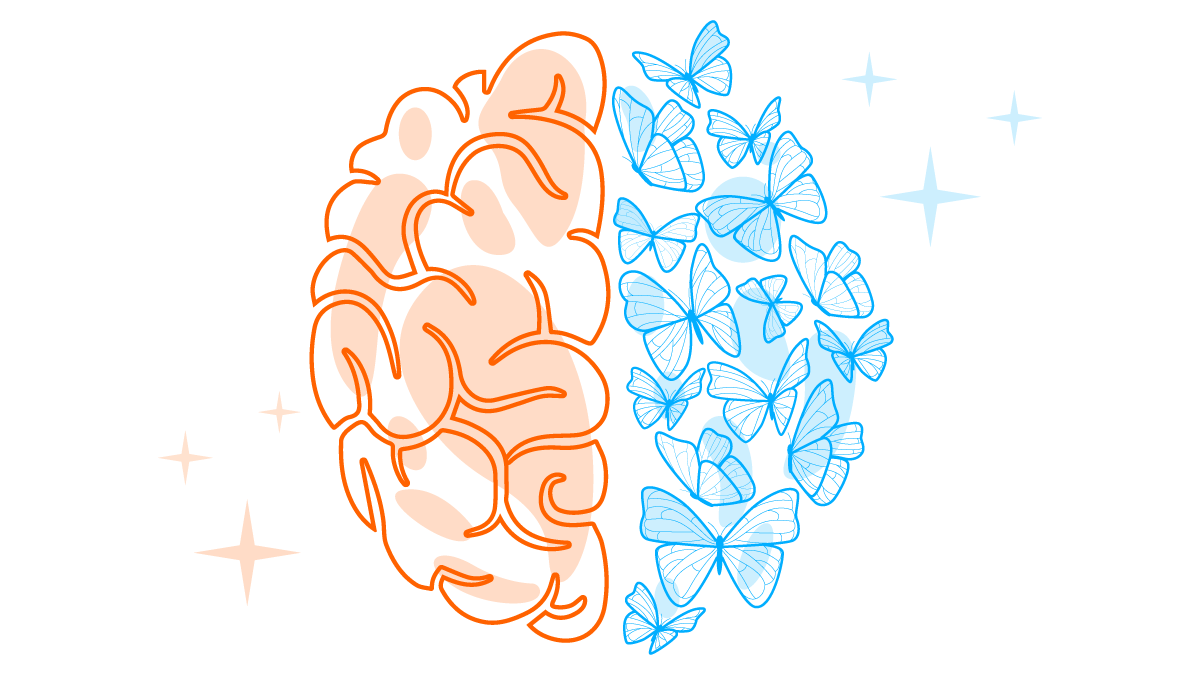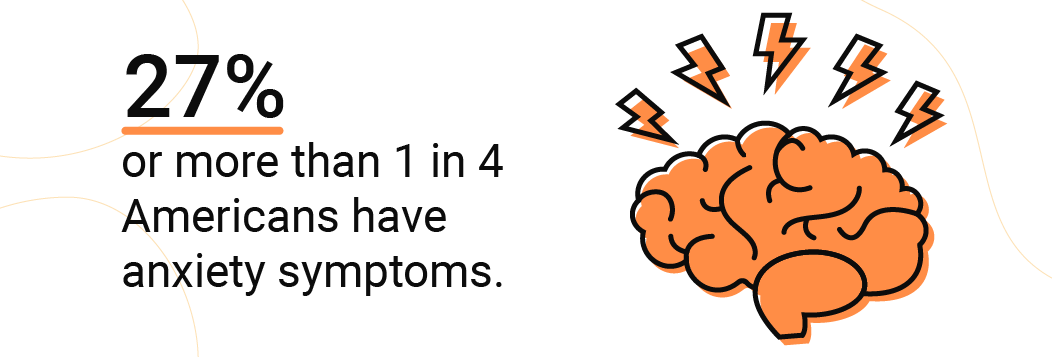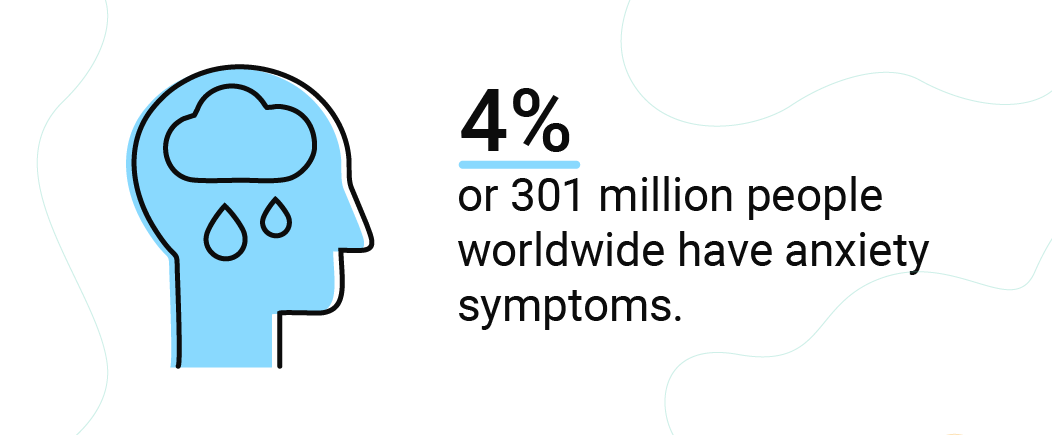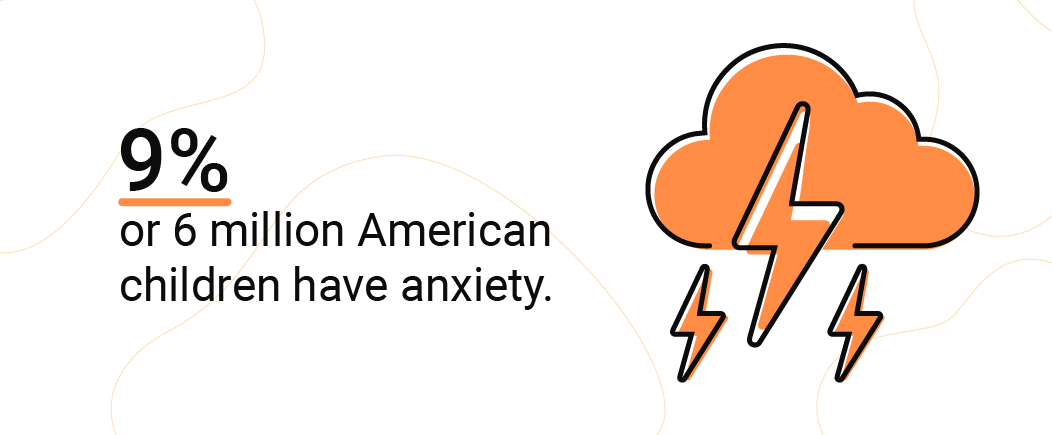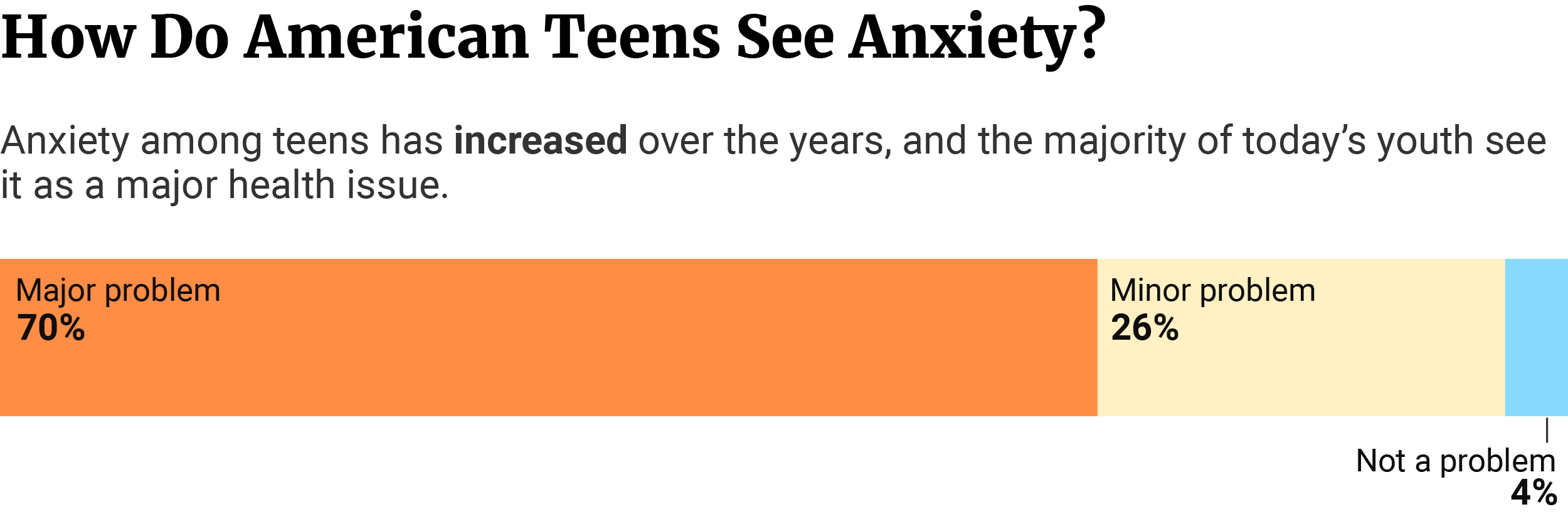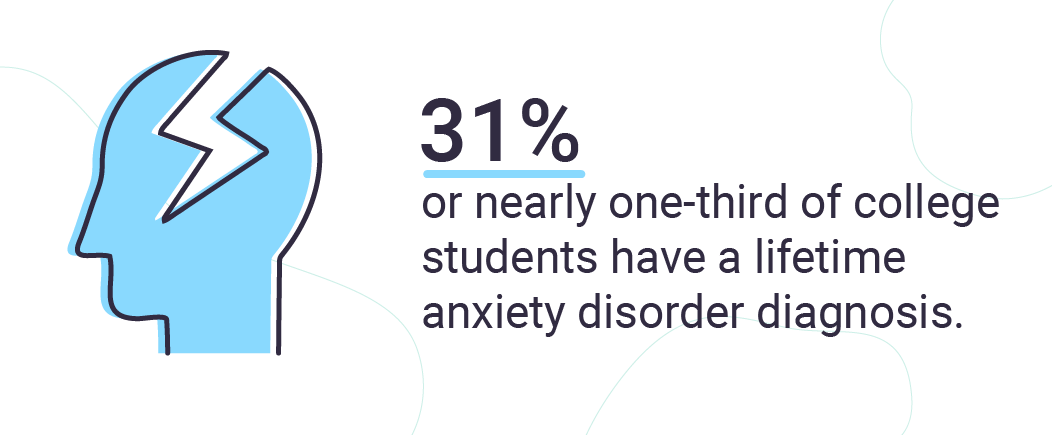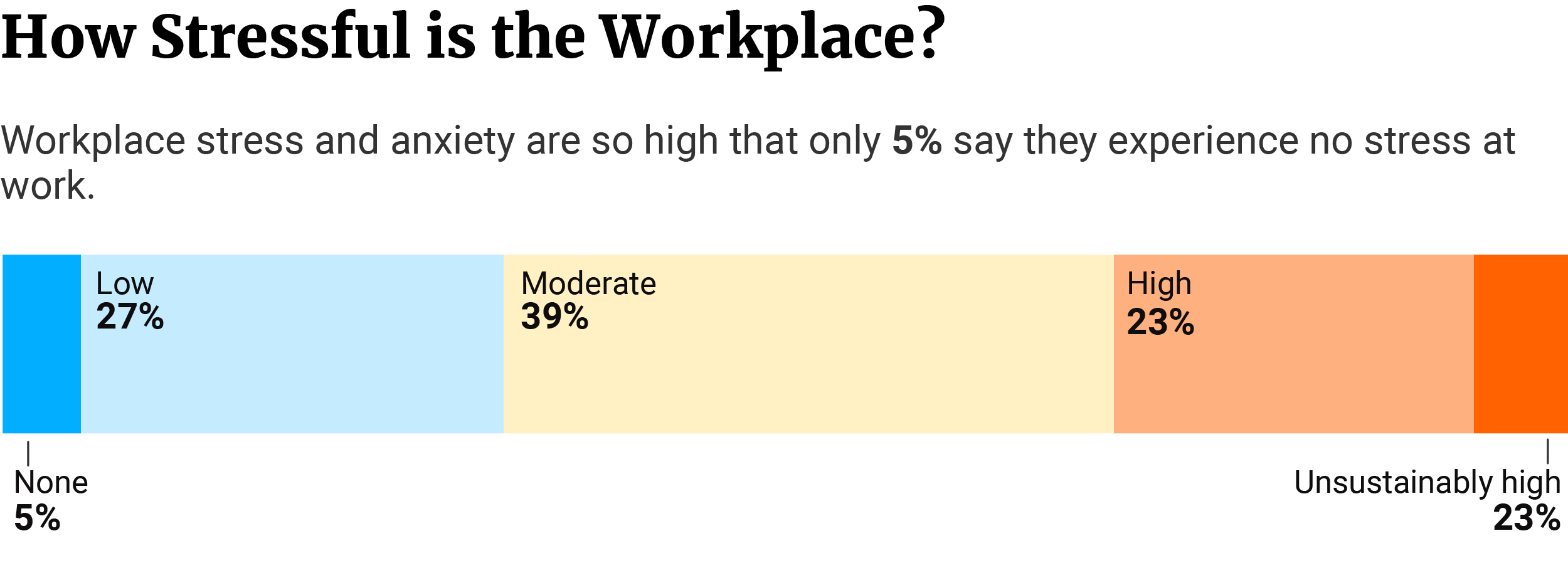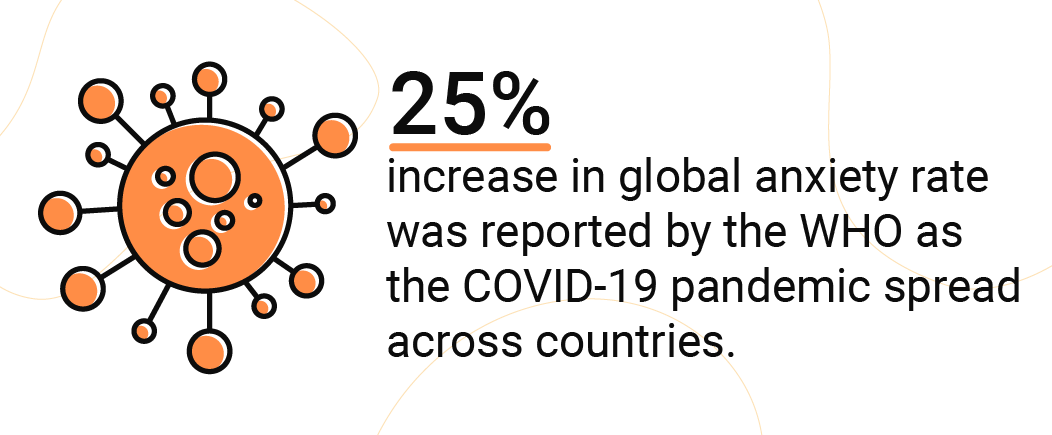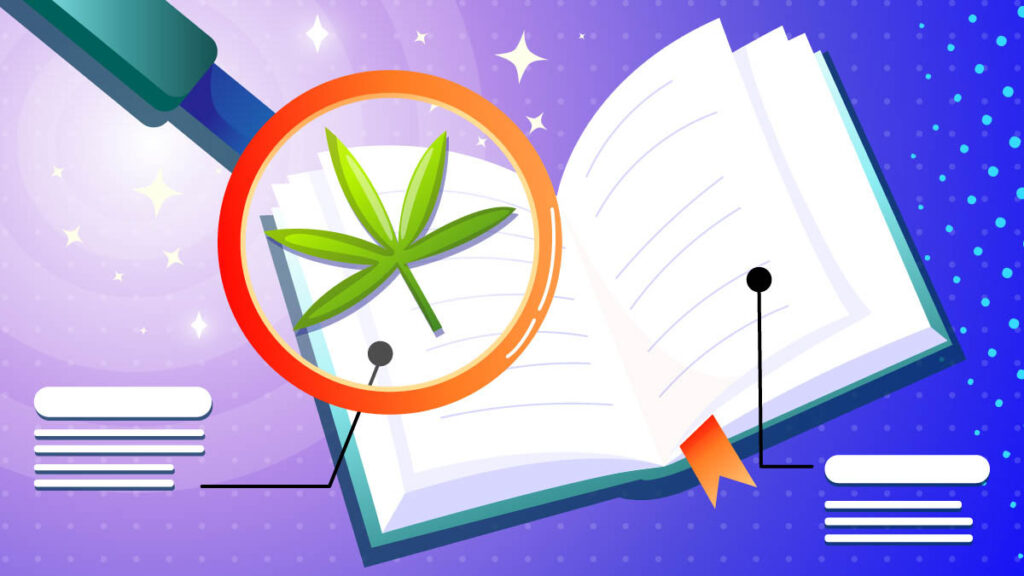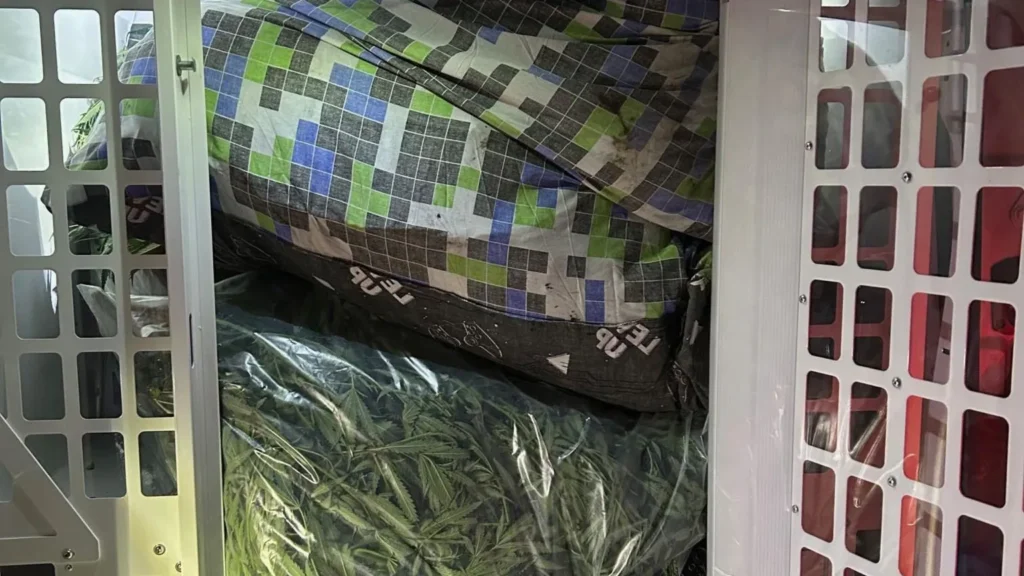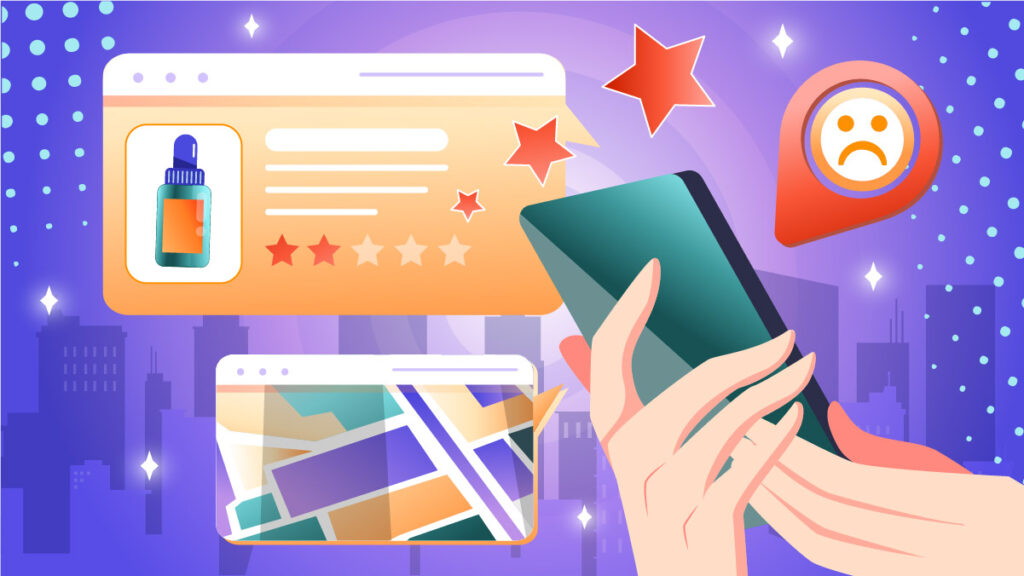
In this article, we’ll discuss all your options for buying CBD products online and in-store.
We’ll cover the pros and cons of buying CBD oil from the manufacturer directly or at your local dispensary or head shop. We’ll also mention some of the most common health food stores, pharmacies, and grocery chains in America that are jumping on board and stocking their shelves with CBD products.
At A Glance: Our Top 3 Picks for CBD Oil Products
- Editor’s Choice: Royal CBD Full Spectrum CBD Oil — 2500mg
- Best Organic Formula: Gold Bee
- Runner Up: Hemp Bombs CBD Oil — 300mg
Let’s get started.
Looking for “CBD Oil Near Me”? Why You Should Consider Buying Online
Everyone wants to capitalize on the CBD craze. Unfortunately, the current FDA doesn’t do much to regulate the CBD market, which allows many companies to sell poor-quality or misleading products to unsuspecting customers.
If you have a look at Amazon.com, you’ll find a variety of “CBD oils” for sale, even though CBD isn’t permitted on Amazon’s website. When you take a closer look, you’ll find these oils are actually just hemp seed oils — there’s no CBD whatsoever in these products, yet the price is the same as a true CBD oil would cost.
Stores aren’t safe from this either. You can go into any health food shop or supermarket and you’ll find a bunch of oils that resemble CBD oil — but most of the time this is actually hemp seed oil (once again).
Customers who don’t understand the difference between hemp seed oil and CBD oil could get tricked into buying these products, which will let them down later when the product doesn’t perform as expected.
Even dispensaries owned by people knowledgeable on the CBD industry have been caught selling low-grade CBD oils in their store shelves.
The store’s owner decides what good quality is and what isn’t. Sometimes this decision is driven by the profitability of oil rather than its quality. This could mean sourcing CBD oils made with synthetic cannabinoids, or products made from cheap imported hemp, which could contain harmful additives or contaminants.
I much prefer ordering my CBD oil online to avoid all of this.
When shopping online, you can do more research on the products before you buy it. You can read other user reviews, visit the company’s third-party test results page to check the quality of the oils it sells, and ask the manufacturer questions directly before you make your purchase.
The key advantages of ordering CBD oil online:
- You can check where the company sources its hemp
- You can have a look at the third-party lab analysis of the product for ultimate transparency
- You can get in touch with customer service reps from the company directly to ask questions
- You can read other users’ reviews on the product before you buy
- The prices online are usually cheaper than in-store
- You can have the package delivered directly to your front door
There are many factors to take into account before buying CBD oil. If you want to skip the testing, continue with my top CBD oil recommendations below. But if you’re new to CBD and just abandoned the thought of buying it locally, it may be worth it to devote some time to educating yourself about the features of what makes for a top-quality CBD oil.
Quick Summary: Our Top Picks for CBD Oil Products
| IMAGE | PRODUCT | |
|---|---|---|
Editor’s Choice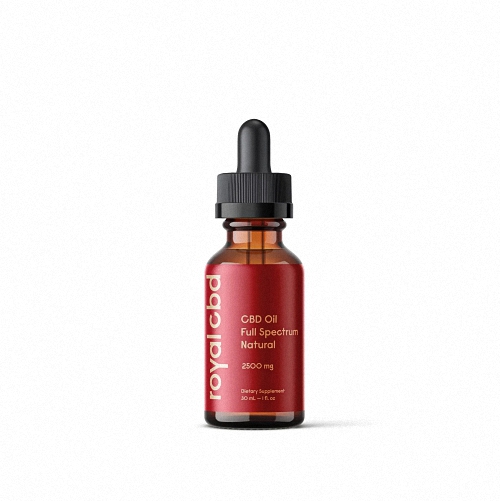 | Royal CBD Full Spectrum CBD Oil — 2500mg This CBD oil is sourced from American-grown organic hempExtracted using supercritical CO2Use code “CFAH” at checkout to get 15% off all Royal CBD products | CHECK BEST PRICE → |
Best Organic Formula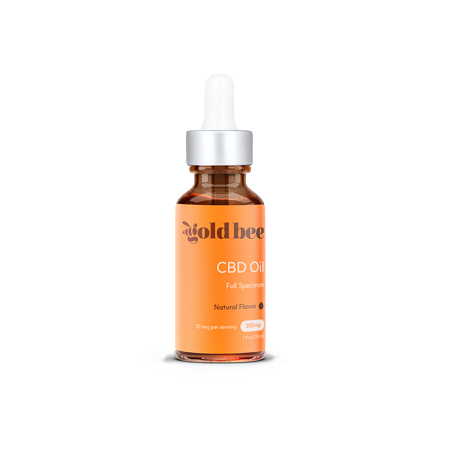 | Gold Bee Sourced from organic Colorado-grown hempContains full-spectrum CBDUp to 1200 mg of CBD per bottle | CHECK BEST PRICE → |
Runner Up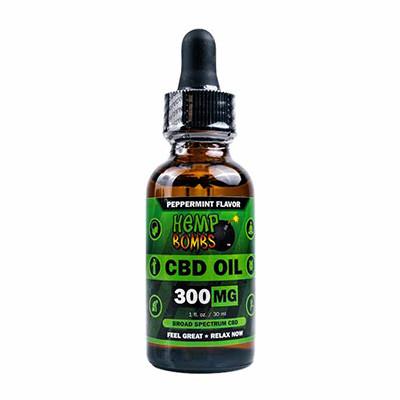 | Royal CBD Full Spectrum CBD Oil — 2500mg. This CBD oil is sourced from American-grown organic hempExtracted using supercritical CO2Use code “CFAH” at checkout to get 15% off all Royal CBD products | CHECK BEST PRICE → |
Top-Rated CBD Oil Products Near Me
I’m constantly testing out CBD products on myself — and have tried and tested over 40 CBD oils to date. This has given me a lot of insight into which CBD oils work the best, and which ones can’t back up what the manufacturer claims.
A few of these brands may be available locally, but hundreds of CBD brands are currently in operation in the United States. Some reputable companies aim to add their products to store shelves, but most remain online.
Let’s go over my top-rated CBD oils in order of preference:
1. Royal CBD Full Spectrum CBD Oil — 2500mg (Editor’s Choice)

This CBD oil features a full-spectrum extract and 2500 mg of CBD per 30 mL bottle. This works out to a potency of around 83 mg/mL or roughly 1 mg per drop. This is one of the stronger CBD oils I’ve tested, and certainly my favorite in terms of overall quality.
The oil tastes great and has a strong set of effects. Hold this oil under your tongue and you’ll start to feel it within just a few minutes.
Making full-spectrum CBD oil is a complicated process due to the laws around the legal limits of THC in nutritional CBD products. Royal CBD uses supercritical CO2 to make this extract, which strips all the beneficial cannabinoids, terpenes, and other phytochemicals from the plant. This technique allows Royal CBD to produce clean, efficient, and highly potent hemp extracts — while keeping THC levels well below the legal limit.
| Pros | Cons |
| This CBD oil is sourced from American-grown organic hemp. Extracted using supercritical CO2. Contains the full spectrum of cannabinoids and terpenes. Suspended in premium MCT oil (it has a great neutral taste). Available in 4 potencies: 250mg, 500mg, 1000mg, and 2500mg. Each batch of product is tested in a third-party laboratory. Available in multiple flavor options | Slightly more expensive than other brands |
Get 15% off all Royal CBD products. Use code “CFAH” at checkout.
What I Like About Royal CBD:
This 1000 mg CBD oil is a jack of all trades — perfect for both beginners and experienced CBD users alike. The guys at Royal CBD use only premium ingredients, placing emphasis on source hemp and carrier oil quality. Both ingredients used by Royal CBD are organic and extensively tested before the bottle ever leaves the facility.
You can see and taste the quality of these oils yourself. The flavor of this hemp oil is fresh and has a notable hemp flavor. Many other CBD oils I’ve tried lack any real hemp flavor, suggesting to me that the extract was damaged during production. The main reason for the flavor of hemp oil is the terpene profile, which is a group of aromatic compounds that deliver their own set of benefits to the final product. If terpenes are exposed to high heat for too long, they will begin to break apart, ruining the flavor of the oil.
A lot of cheap, low-grade hemp oils lack any real hemp flavor, and often companies will try to mask this by adding synthetic flavorings instead. Royal CBD does sell flavored oils, but they also offer an unflavored version if you want to experience the true taste of a high-end CBD oil.
Royal CBD also offers both low-potency (250mg) and high-potency (2500mg) CBD oils — along with their high-quality CBD capsules, gummies, and CBD-infused topicals.
If you’re not satisfied with your product, you can return it within 30 days for a full refund thanks to their 100% money-back guarantee program.
It’s refreshing to see a young company like Royal CBD hold quality at the highest possible standard. With their premium CBD oil, you won’t have to worry about the potential toxins in your oil — solvent residue, heavy metals, molds, bacteria, or mycotoxins — that could be harmful to your health.
2. Gold Bee (Best Organic Formula)

Gold Bee is a California-based manufacturer specializing in all-organic hemp supplements. There’s a reason why this company has a bee in its logo. The guys at Gold Bee started out in the superfoods industry (with honey being their staple product), gradually diversifying their activity with CBD extracts. As of now, Gold Bee offers two types of CBD oil (natural and kiwi-flavored), high-potency capsules, and CBD-infused honey sticks — all of which are tested in third-party laboratories for potency and purity.
| Pros | Cons |
| Sourced from organic Colorado-grown hemp. Contains full-spectrum CBD. Up to 1200 mg of CBD per bottle, suspended in hemp-seed oil. Available in a Kiwi flavor. The flavored option is sweetened with organic honey | Sourced from organic Colorado-grown hemp. Contains full-spectrum CBD. Up to 1200 mg of CBD per bottle, suspended in hemp-seed oil Available in a Kiwi flavor. The flavored option is sweetened with organic honey |
What I Like About Royal CBD:
I’ve decided to pick the kiwi-flavored CBD oil since I’m not a fan of unflavored full-spectrum extracts. I must say this little one lives up to its hype. The flavor is spot-on; not too sweet, but there’s no earthy aftertaste, which I’ve been hoping for. The 1200 mg bottle delivers 40 mg of CBD in each milliliter, which has been enough for me to split my daily dosage into two half-droppers. I take each dose in the morning and in the evening to boost my daily performance and wake up better rested. I’ve also noticed that my back pain is more manageable with this potency, and so is my morning anxiety. I love the fact this company uses organic-only ingredients, and as a flavor-chaser, I feel more than satisfied.
Gold Bee also has a 30-day money-back guarantee, so if you’re not satisfied with its products, you can return them within that period for a full refund.
3. Hemp Bombs CBD Oil — 300mg (Runner Up)

Hemp Bombs specializes in producing high-grade CBD isolate oils, which means the only active ingredient is CBD. There are no terpenes or other cannabinoids in this product, including THC.
Hemp Bombs prides itself on making some of the most potent CBD oils on the market. They have a wide selection of different CBD products, from tinctures to vape oils, topicals, gummy candies, and beauty products. Every batch of product is backed by third-party testing to ensure its quality.
One of the best things about this product is that it’s made from a CBD distillate. While we generally prefer full-spectrum oils — like that of Royal CBD — isolates have their place as well. This product is great for people who want to make sure there’s no trace of THC in the bottle, or for people who plan on taking CBD oil alongside other supplements. Having fewer active ingredients in the bottle lowers the chances of a negative interaction with other supplements or medications.
Hemp Bombs is my second favorite option because the company has around-the-clock customer service and a well-developed education base for its customers.
| Pros | Cons |
| CBD is extracted and isolated from hemp plants grown in Europe CBD distillate is made using supercritical CO2 and short-path distillation techniques. Each batch is third-party tested for quality and potency assurance. Up to 4000mg of CBD per bottle, completely THC-free | CBD is extracted and isolated from hemp plants grown in Europe. CBD distillate is made using supercritical CO2 and short-path distillation techniques. Each batch is third-party tested for quality and potency assurance. Up to 4000mg of CBD per bottle, completely THC-free |
What I Like About Hemp Bombs CBD Oil — 4000mg
While Hemp Bombs doesn’t offer the same quality as a brand like Royal CBD, they do a great job of making 99% pure CBD isolates on a large scale at a good price.
Hemp Bombs CBD oil is extremely potent, reaching up to 4000mg of CBD per bottle. This is enough CBD to last even the most frequent CBD users at least a month — if not several.
This product is made from CBD isolate. The lack of other cannabinoids and terpenes makes it a less desirable type of CBD oil among most users. Most experts agree that full-spectrum products are stronger and more versatile in their effects. However, there are a lot of people who prefer CBD from isolate instead. This really comes down to your individual circumstance and what you’re looking for in CBD oil.
Nevertheless, if you’re allergic to other ingredients than CBD in hemp extracts, are expecting drug screening at work for THC, or want to mix CBD with other supplements, Hemp Bombs CBD oil is a good option to consider.
Pro Tips: Buying CBD Oil Online

There are several things you need to know about when buying CBD oil online (or anywhere for that matter). No two oils are the same, so you need to look for a few important metrics before you decide to purchase one brand over another.
Let’s go through some of the most important metrics to consider before you buy CBD oil.
1. Stay Away from Cheap CBD Oils
CBD is not a cheap supplement, and there’s a reason for this. A lot of hemp needs to be processed to produce each bottle of CBD oil. Additionally, everything needs to be sent to independent labs for testing, and oil needs to be added to dissolve and preserve the CBD crystals. Each stage increases the cost to manufacture a CBD supplement.
Some companies are selling CBD oil at significantly lower prices than the industry standard. This should be a red flag for most users. Ask yourself… what is this company doing to make the CBD oils so cheap?
These companies are usually cutting corners somewhere, which can severely affect the overall quality of the oil.
I’ve seen companies cut corners on the hemp source — buying hemp from places like China or India instead of the United States. This is a problem because the contamination of hemp from these regions is very common. Many of these contaminants can cause a lot of harm to the user of the oil, especially over long periods of time.
Other companies are advertising CBD oil at a given strength and skipping out on important third-party testing. Some of these manufacturers have been caught selling oils with shockingly low CBD levels in the oil — far lower than what was advertised.
No matter what way you look at it, cutting corners to save costs and bring the price of the oil down almost always cuts down on the quality of the oil. If you want your CBD oil to work and avoid exposure to harmful contaminants, we highly recommend you avoid the temptation of a cheap CBD oil.
2. Look for the “Low THC” Stamp
According to the United States government, CBD oil made from hemp with less than 0.3% is completely legal on a federal level. You don’t need a prescription for it because cannabidiol products are labeled as food supplements and can be sold over the counter.
Marijuana-derived CBD oil, however, is still prohibited in most states because the psychoactive ingredient — THC — remains too high in these products. You need to live in one of the 11 states, such as Oregon or Washington, that have legalized the recreational use of cannabis to buy these oils.
If shopping online, make sure to double-check that the product you’re ordering contains less than 0.3% THC.
3. Check for 3rd Party Tests
Third-party testing is the only way to get real transparency for the product you plan on buying. These tests scan the entire cannabinoid and terpene profile of your CBD oil and search for potential contaminants like heavy metals or pesticides.
You should never take a company’s word when they claim they sell high-quality CBD oil — always check the lab tests to make sure the company is credible. If there are no third-party tests, look for another CBD supplier instead.
Legal Status of CBD Oil State-by-State
Legal States:
- Alabama
- Alaska
- Arizona | Tucson
- Arkansas
- California | Los Angeles
- Colorado
- Connecticut
- Delaware
- Florida
- Georgia
- Hawaii
- Idaho
- Illinois
- Indiana
- Iowa
- Kansas
- Kentucky
- Louisiana | New Orleans
- Maine
- Maryland
- Massachusetts
- Michigan | Holland
- Minnesota
- Mississippi
- Missouri
- Montana
- Nebraska | Lincoln | Omaha
- Nevada | Las Vegas
- New Hampshire
- New Jersey
- New Mexico
- New York
- North Carolina | Charlotte
- North Dakota
- Ohio
- Oklahoma
- Oregon
- Pennsylvania
- Rhode Island
- South Carolina
- South Dakota
- Tennessee
- Texas | Dallas | San Antonio
- Utah
- Vermont
- Virginia
- Washington | Seattle
- Washington D.C.
- West Virginia
- Wisconsin | Milwaukee
- Wyoming
Before You Type “Where to Find CBD Oil Near Me…”

CBD oil is now readily available in all 50 states, but there are a lot of misconceptions about the accessibility of CBD oil — it’s easy to get misguided. A lot of people read my articles on using CBD but reach out to ask, “where can I buy CBD oil near me”?
It’s true that you can buy CBD just about anywhere — in health food shops, dispensaries, and supermarkets. But by far, the best place to get these products is online, directly from the manufacturer. The prices are generally much better, and you have advantages like being able to do more research on the product before you buy it.
If you’re not sure where to start, or want a good recommendation, I suggest you look at Royal CBD oils. This is my go-to brand for CBD oils. I love the way this company emphasizes quality over anything else.
What’s your experience with buying CBD oil online? What’s your favorite brand? Drop a comment below and let us know!

